DP Flow Transmitter Re-Range: This tool is used to calculate the DP Flow transmitter revised flow with the following inputs: Existing DP, Existing Flow, and revised DP.
This tool is primarily used for orifice-based flow meters. Also useful for flow transmitters that work on Differential Pressure applications.
Generally, we calibrate our transmitter as per the datasheet of the orifice. But sometimes the measured DP of the transmitter will be out of range or more than the maximum scale of DP, so we have to re-range the DP flow transmitter.
For these applications, we use the below-mentioned formula to calculate the maximum flow of the transmitter.
DP Flow Transmitter Re-Ranging
This calculation tool is used to calculate the revised flow range of a DP Flow transmitter.
The formula for calculating the DP Flow Transmitter Re-Range value.
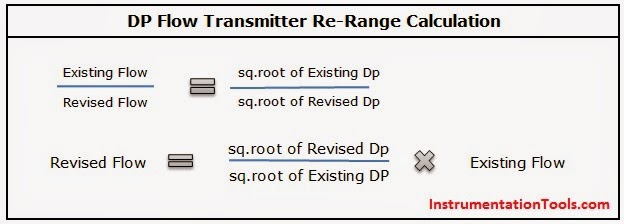
Where,
Existing DP = DP value as per orifice datasheet
Existing Flow = Flow value as per orifice datasheet
Revised DP = Actual DP value in the field
Revised Flow = Calculated transmitter flow max range.
Note:
1. The Existing DP and revised DP must be in the same units like bar, mbar, mmh20, etc.
2. The Existing Flow and revised Flow must be in the same units like m3/hr, t/hr, etc.
Also See: Instrumentation Calculator
If you liked this article, then please subscribe to our YouTube Channel for Instrumentation, Electrical, PLC, and SCADA video tutorials.
You can also follow us on Facebook and Twitter to receive daily updates.
Read Next:
- What is a Pitot Tube?
- Pitot Tube Working Principle
- Different Types of Flow Elements
- Annubar Flow Meter Principle
- Types of Flow Meters
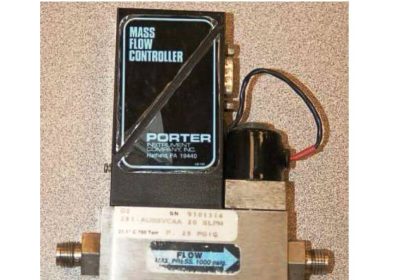
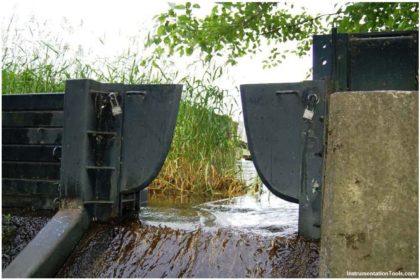
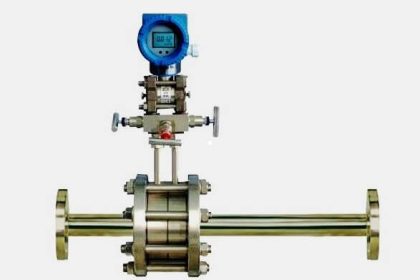
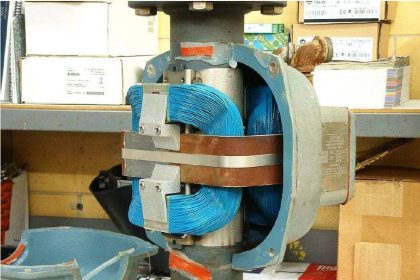
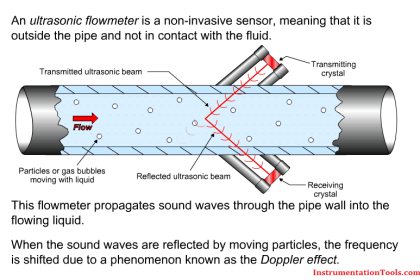
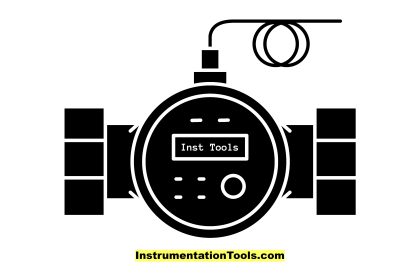
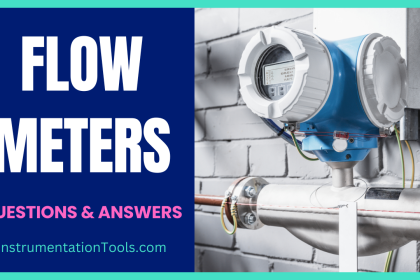

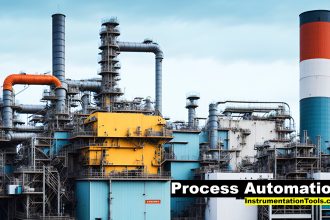
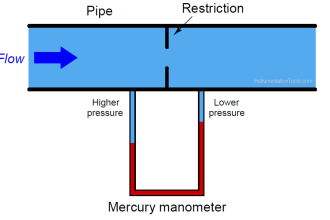
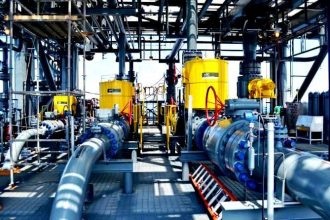
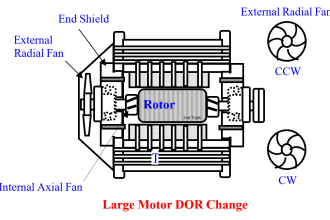
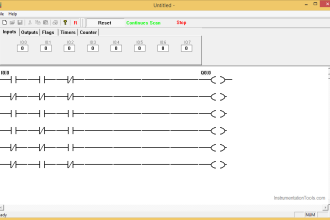
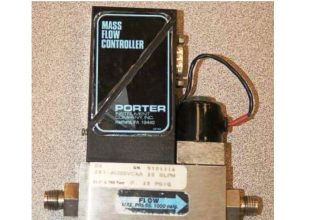

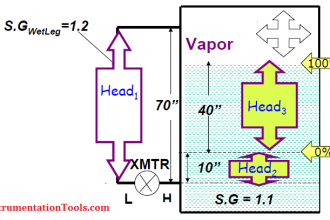

I am instrument guy and i am very rarely found tools related to instrumentation. I am very happy to see these type of tools. Please update more with complex calculations like density measurement, Interface measurement, USM flow calculations etc.
I Just loved your site dude :love:
Hi. We have a flowmeters with instrument range 0 to 500 mbar and calib. Range 0 to 250 mbar for normal flow =10000kg/h but we need 10311 kg/h so we have to recalibrate it .please help me how i do it .i mean 0~250mbar should change to 0~? Many thanks
You should just change your scale !
Reading dp flow ,so long as your devices within the capability of the pressure device , everything is ok.
For mentioned ranges above is your remedy but for large differences you need to know your device limitation.
dear sir
i have one orifice plate concentric type and id is 25 mm.but i do not calculate Dp range please guide in LRV & URV range. how to calculate……….
Be careful this is for 4~20 ma not for fieldbus .
Dear Rahim, Thank you for the suggestions.
What’s the right way to re-range DP fieldbus “FF” transmitter?
Sir,
I Need Suggestion on Flow. Orifice D/P To Connected DP Transmitter With Sq.root Op.
Indicator also Need Sq.root Input or Linier In put.
Pls Explain sir.
Regards
Raju
What is the minimum static working pressure
Sir I’m instrumentation Engg I have do transmitter in condensate water line as per data sheet 1500 mmwc I puted urv range in transmitter but I’m not getting full flow as per pump discharge 110 m/3 hr only I’m getting 49 m3/hr so please suggest
if we re range the value… does the square root graph also change ?
Respected sir,
Pls give me solution. How to we calculate nm3/hr flow for different case. Like air, gas. Please give one note with example.
you can to chang for calibration range from 0 to 265 MPA with enering range from 0 to 10311.
Good day to all.
I hope any one can help me elighten about Flow Transmitters. Why is it Flow transmitter has 2 ranges? Example process variable range from 0 to 2500 mmH2O and the other range (engineering range) is 0 to 160 t/h.
We are plaining in-house calibration flow meters. would you please give me simple technique. How to set up and calibration step by step.